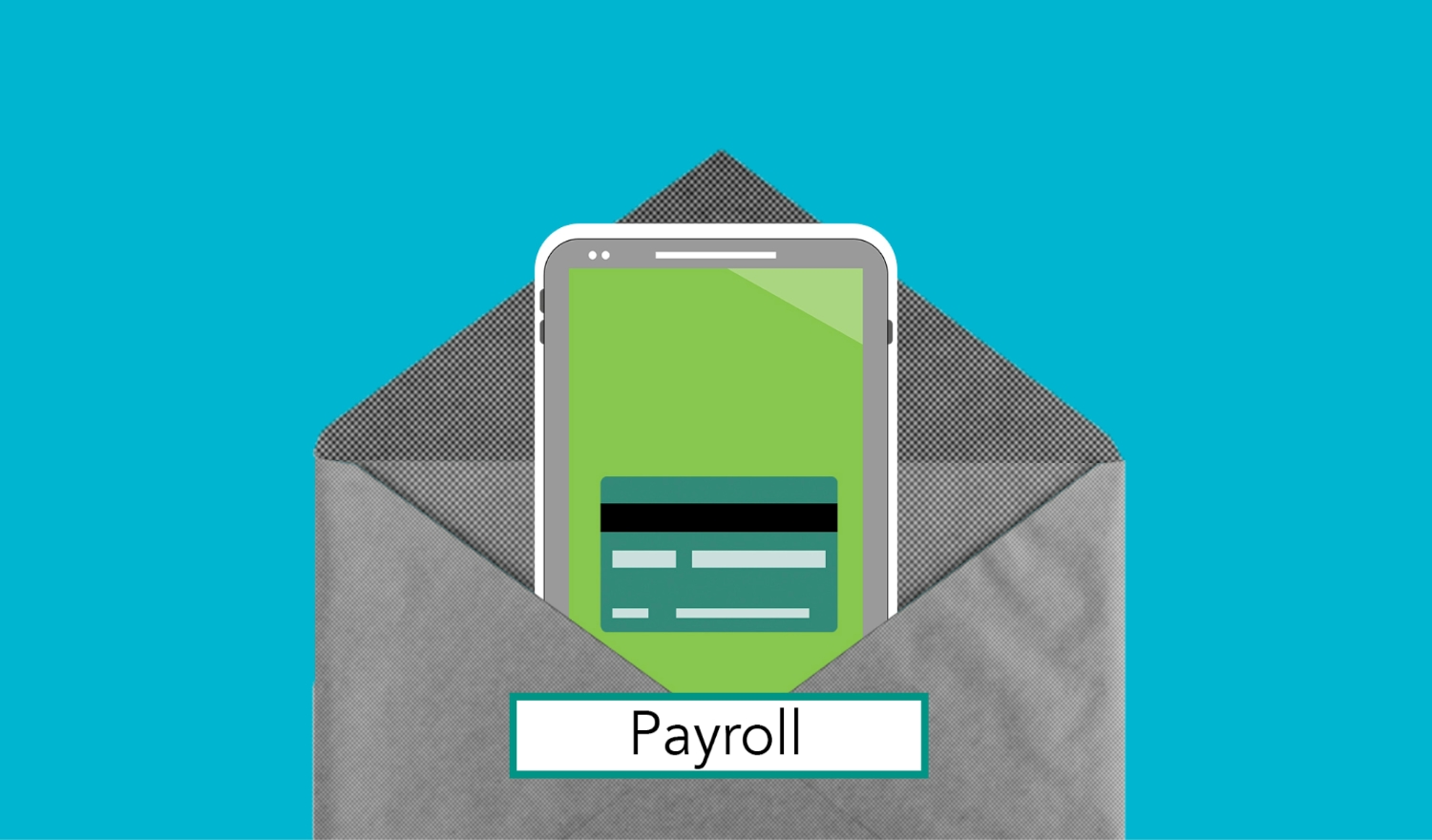In the dynamic landscape of modern workplaces, the traditional notion of waiting for a bi-weekly or monthly paycheck is evolving rapidly. Enter the era of “Pay on Demand,” a transformative approach reshaping the way employees access their earnings. No longer bound by rigid pay cycles, workers now have the flexibility to access a portion of their earned wages whenever they need them, aligning with their financial obligations and lifestyle demands.

This paradigm shift isn’t just about convenience; it’s a fundamental reimagining of financial wellness in the workplace. As organizations recognize the importance of employee financial health, Pay on Demand emerges as a powerful tool to empower workers, reduce financial stress, and enhance overall well-being.
In this article, we delve into the concept of Pay on Demand, exploring its origins, benefits, challenges, and implications for both employers and employees. From increased flexibility and control over finances to potential pitfalls and best practices, we’ll navigate the evolving landscape of on-demand pay solutions and their transformative impact on the modern workforce.
In the ever-evolving scope of payroll management, earned wage access (EWA), or on-demand pay, emerges as a progressive trend, granting employees the liberty to access a portion of their earned wages ahead of the traditional payday. This paradigm shift offers greater financial flexibility and stability, addressing the dynamic needs of today’s workforce.
Picture this scenario: it’s midway through the month, bills are looming, unforeseen expenses arise, and payday feels distant. Enter earned wage access, a financial safety net allowing employees to tap into a fraction of their already earned wages, bridging the gap between pay periods. It marks a departure from rigid pay schedules towards a system tailored to individual financial exigencies.
The possibilities of EWA surpasses mere convenience. For employees, it fosters empowerment and financial autonomy, mitigating stress and anxiety associated with monetary constraints. Additionally, it serves as a compelling tool for recruitment and retention, bolstering employee satisfaction and allegiance.
From the employer’s standpoint, EWA can catalyse increased productivity and engagement by alleviating financial burdens that could impede job performance. Moreover, it nurtures a culture of trust and transparency, fortifying the employer-employee relationship.
Implementing EWA mandates a holistic approach encompassing technology, people, and processes.
Technology: Partnering with a reputable EWA provider equipped with robust technological infrastructure is paramount. The system must adhere to stringent regulatory standards to safeguard sensitive financial data.
People: Effective communication and comprehensive training are indispensable. Educating employees about the features, limitations, and implications of the EWA program fosters understanding and buy-in. Moreover, managers require training to navigate the system adeptly and provide support to their teams.
Processes: Seamless integration into existing payroll systems necessitates collaboration among HR, payroll, and IT departments. Establishing clear protocols for EWA usage, such as frequency limits and approval mechanisms, ensures smooth operation and compliance.
Globally, EWA gets recognition as a progressive payroll solution. Numerous surveys and studies underscore its potential benefits and increasing acceptance among both employees and employers.
For instance, a recent survey by a leading HR consultancy revealed that 76% of employees perceive EWA positively, attributing it to enhanced financial wellness and reduced stress. Likewise, a poll of HR professionals indicated that 82% believe EWA augments employee satisfaction and retention.
As someone interested in the upcoming trends in global payroll, I view earned wage access as a transformative tool in modernizing payroll practices. While it holds immense promise, the journey towards implementation is not without challenges.
Do you perceive earned wage access as a promising development, or do you anticipate complexities in its implementation? It’s a question that warrants introspection and conversations. While the benefits are evident, navigating the intricacies demands meticulous planning and collaborative effort.


